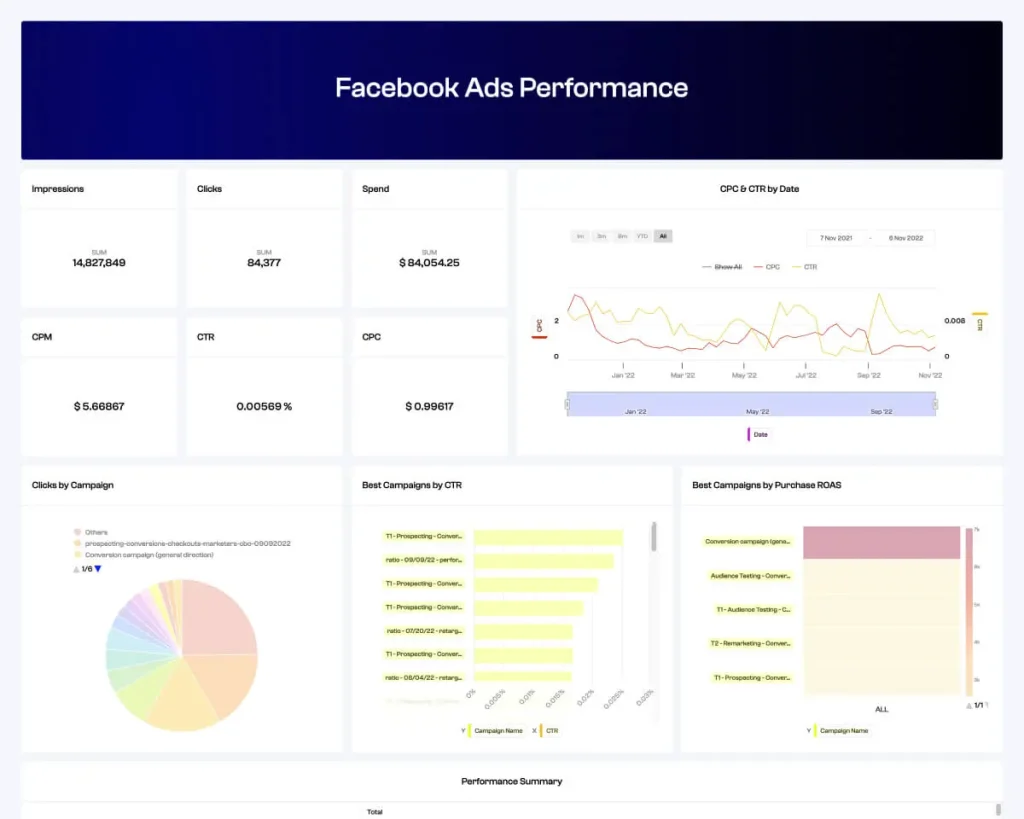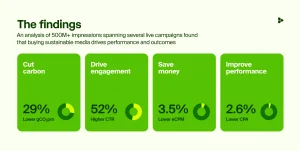Hyper-personalization Strategies: Using AI and First-Party Data to Actually Connect

Personalization isn’t about putting a customer’s first name in an email anymore. Let’s be honest, we all see through that. It feels cheap, like a mass-produced greeting card signed by a machine.
Today, it’s about hyper-personalization. This is the practice of delivering uniquely tailored experiences to individual users in real-time. And the engine behind it? A powerful, and honestly essential, combination of artificial intelligence (AI) and first-party data.
Think of it like a master tailor versus a fast-fashion outlet. One takes precise measurements, understands your style quirks, and creates a one-of-a-kind garment. The other offers a “small, medium, or large” approximation. Which relationship do you think is more valuable? Here’s the deal: in a world drowning in generic content, hyper-personalization isn’t a luxury. It’s the baseline for relevance.
First-Party Data: Your Golden Ticket to Trust
Before we can talk about the “hyper,” we need the fuel: first-party data. This is the information you collect directly from your audience—with their consent, of course. We’re talking website behavior, purchase history, app usage, survey responses, and social media interactions.
Why is this data so, well, golden? Because it’s yours. It’s accurate, it’s reliable, and it’s gathered in the context of a direct relationship. With third-party cookies crumbling, building a rich repository of first-party data isn’t just a good strategy; it’s a survival tactic. It’s the difference between guessing what a customer might want and knowing what they’ve already shown you they like.
What Constitutes First-Party Data, Anyway?
It helps to break it down. Your first-party data likely lives in a few key places:
- Declared Data: Information users explicitly tell you. Think newsletter signups, profile creation details, and preference center selections.
- Behavioral Data: This is the silent, but incredibly loud, data. Page views, time on site, items added to a cart, features used in your app.
- Transactional Data: The hard facts of past purchases, average order value, and return history.
AI: The Brain That Makes Sense of the Chaos
Okay, so you have this vast, sprawling lake of customer data. Now what? You can’t possibly sift through it all manually to understand each individual. This is where AI and machine learning step in—not as a creepy overseer, but as an incredibly sharp analyst.
AI algorithms devour this first-party data, identifying patterns and predicting future behavior with a speed and accuracy that’s simply humanly impossible. They connect the dots. They see that a user who read three articles about hiking gear and looked at rain jackets is probably planning a trip—and they can serve up a personalized offer for hiking boots before the user even searches for them.
From Segments to Individuals: The AI Shift
Traditional marketing segments audiences into broad buckets: “Women, 25-40, interested in wellness.” AI shatters these buckets. It creates dynamic, micro-segments of one. It understands that two women, both 30 and interested in wellness, can have entirely different needs—one might be a yoga enthusiast researching meditation retreats, while the other is a new mother focused on postnatal nutrition.
AI treats them as the unique individuals they are.
Hyper-Personalization in Action: Real-World Strategies
This all sounds great in theory, but what does it actually look like? Let’s dive into some concrete strategies you can implement.
1. Dynamic Content and Product Recommendations
This is the most common, and often most effective, application. Using AI-powered recommendation engines, you can transform a static webpage into a personalized storefront for every single visitor.
Instead of showing “Bestsellers,” you show “Recommended For You,” based on their unique browsing history. Netflix and Amazon have perfected this, but the tech is accessible to businesses of all sizes now. It’s about making the customer feel seen.
2. Personalized User Journeys and Onboarding
When a new user signs up for your software or service, don’t throw the entire feature set at them at once. That’s overwhelming. Use their declared data (their role, company size) and initial behavior to guide them down a customized onboarding path.
A marketing manager might see tutorials on campaign analytics, while a sales rep gets shown lead management tools. This dramatically improves adoption and reduces churn from the very start.
3. AI-Optimized Email and Ad Campaigns
Go beyond “Hi [First Name].” AI can determine the optimal send time for each subscriber, the subject lines they’re most likely to open, and the products they’re most likely to click on. You can automate abandoned cart emails that feature the exact item left behind, or better yet, suggest highly relevant alternatives.
Here’s a simple table showing the evolution from basic to hyper-personalized email:
| Basic Personalization | Hyper-Personalization |
|---|---|
| “Hi [Name], check out our new products!” | “Hi [Name], the hiking boots you viewed are back in stock in your size. People also bought this waterproof backpack.” |
| Sent to the entire list at 10 AM. | Sent to you individually at 7:32 PM, when you’re most likely to engage. |
| Static content for everyone. | Dynamic content blocks based on your past purchases and real-time browsing. |
Navigating the Pitfalls: Privacy and the “Creepy” Factor
There’s a fine line between helpful and creepy. We’ve all felt it—that unnerving sensation that an ad is following us around the internet a little too closely.
The key to avoiding this is transparency and value exchange. You must be crystal clear about what data you’re collecting and why. And you have to deliver such a compelling, useful personalized experience that the user feels the exchange is fair. If you’re just using their data to serve slightly more targeted ads, it feels invasive. If you’re using it to save them time, solve a problem, or surface a product they’ll genuinely love, it feels like magic.
Building a Strategy, Not Just a Tactic
So, where do you start? It can feel daunting. Honestly, it is. But you don’t need to boil the ocean. A few steps to consider:
- Audit Your Data: What first-party data are you already collecting? Where are the gaps?
- Invest in the Right Tech Stack: You need a CDP (Customer Data Platform) or a robust CRM to unify your data, and then an AI tool to make sense of it.
- Start Small, Then Scale: Pick one channel—maybe your email welcome series or your e-commerce homepage—and implement one hyper-personalization tactic. Measure the results, learn, and expand from there.
The goal isn’t to be perfect from day one. The goal is to start moving from a one-to-many broadcast model to a one-to-one conversation.
The Human Future of Digital Connection
In the end, hyper-personalization powered by AI and first-party data isn’t about replacing human connection. It’s quite the opposite. It’s about using technology to facilitate a more human, more relevant, and more respectful dialogue with the people who matter most to your business.
It’s the difference between shouting into a crowded room and having a quiet, thoughtful conversation with someone who remembers your name, your story, and what you might need next. And in a digital world that often feels impersonal and loud, that kind of connection isn’t just good marketing. It’s a breath of fresh air.



